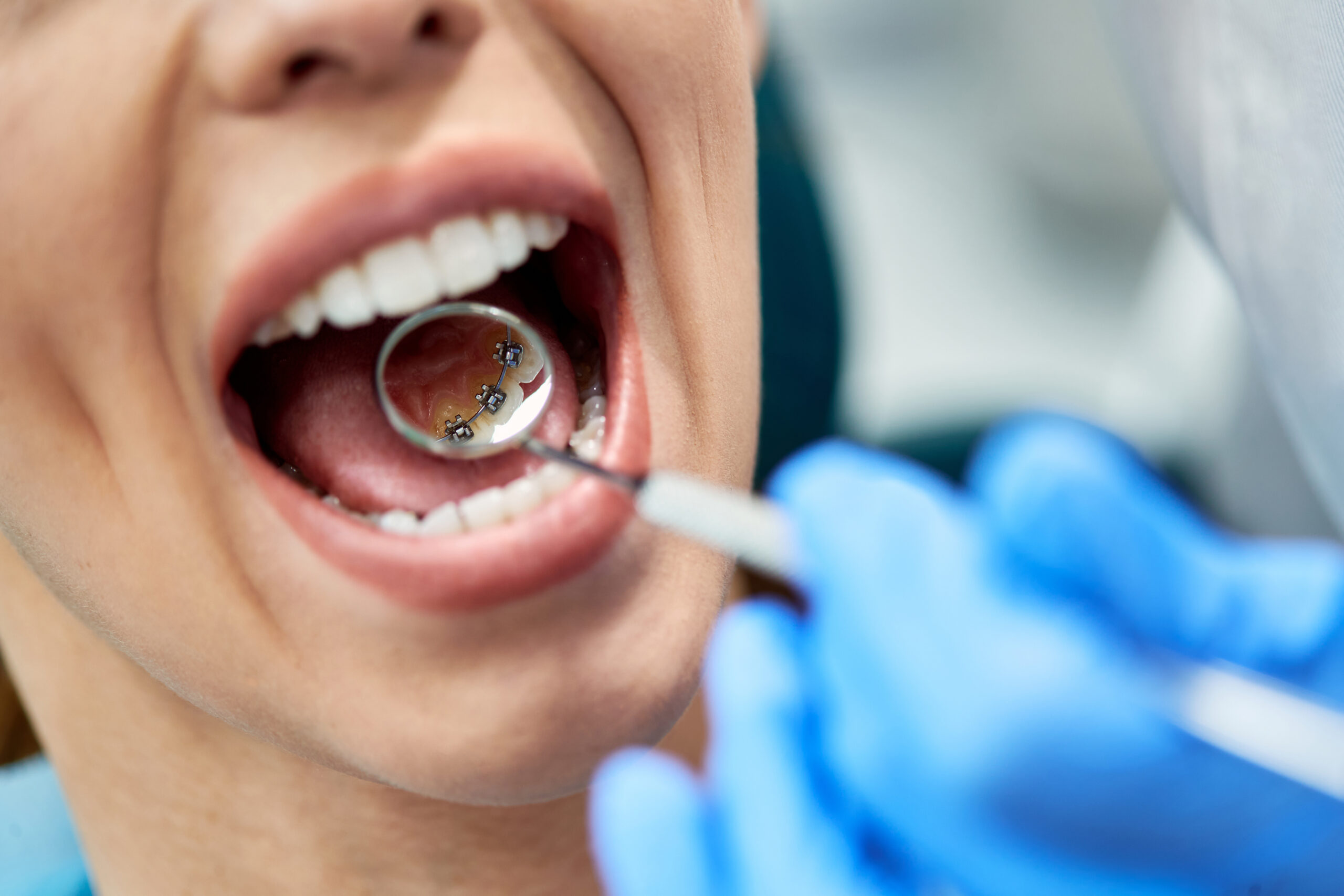9 Easy Facts About Legacy Orthodontics Explained
9 Easy Facts About Legacy Orthodontics Explained
Blog Article
Legacy Orthodontics Can Be Fun For Anyone
Table of Contents6 Simple Techniques For Legacy OrthodonticsSome Known Incorrect Statements About Legacy Orthodontics The Facts About Legacy Orthodontics UncoveredLegacy Orthodontics - QuestionsA Biased View of Legacy Orthodontics
In addition, we supply flexible therapy schedules, adaptable settlement alternatives and a fun, delightful experience.An orthodontist is a dentist educated to detect, avoid, and treat teeth and jaw irregularities. Orthodontists function with people of all ages, from youngsters to adults.
Malocclusion, or misaligned teeth, can bring about dental problems, including dental caries, gum tissue illness, and challenging or excruciating eating. Yet not everybody is birthed with straight teeth. If you have a negative bite or large areas in between your teeth, you might intend to speak with a dentist focusing on orthodontic treatment.
Get This Report about Legacy Orthodontics
( Picture Credit Score: DigitalVision/Getty Images) Orthodontists make use of dealt with and removable dental gadgets, like dental braces, retainers, and bands, to alter the setting of teeth in your mouth. Orthodontic therapy is for oral problems, including: Misaligned teethBite problems, like an overbite or an underbiteCrowded teeth or teeth that are too far apartJaw misalignmentThe goal of orthodontic treatment is to enhance your bite.
While you might assume of orthodontists as mainly for youngsters or young adults that need braces, they can correct dental issues at any type of age. Orthodontists participate in college, oral institution, and orthodontic school.
, yet not all dental experts are orthodontists. They focus on 2 locations: How to correctly and safely move teeth How to correctly direct development in the teeth, jaw, and faceOnce an orthodontist has actually completed training, they have the choice to end up being board accredited.
How Legacy Orthodontics can Save You Time, Stress, and Money.
Imbalance, or malocclusion, is the most typical factor people see an orthodontist. It is hereditary and is the outcome of size distinctions in between the top and lower jaw or between the jaw and teeth. Malocclusion leads to tooth overcrowding, an askew jaw, or irregular bite patterns. Malocclusion is generally treated with: Your orthodontist attaches steel, ceramic, or plastic square bonds to your teeth.
If you have only small malocclusion, you might be able to use clear dental braces, called aligners, rather of conventional braces (https://www.anyflip.com/homepage/oxhxt). Some people require a headwear to help move teeth right into line with stress from outside the mouth. After braces or aligners, you'll need to put on a retainer. A retainer is a personalized device that keeps your teeth in position.
They're usually used on kids. They can create additional area in the mouth without needing to draw teeth. If you have a major underbite or overbite, you may require orthognathic surgery (also called orthodontic surgical treatment) to extend or shorten your jaw. Orthodontists use wires, surgical screws, or plates to sustain your jaw bone.
You might need to see an orthodontist if you have: Crowding or otherwise enough space for every one of your teethOverbite, when your upper teeth come by your bottom teethUnderbite, when your base teeth are as well much forwardSpacing or problems with gapsCrossbite, which is when your upper teeth fit behind your base teeth when your mouth is closedOpen bite or an upright space between your front base and upper teethMisplaced midline, when the facility of your base and top teeth do not align Remedying a dental malocclusion can: Make attacking, chewing, and speaking easierImprove the symmetry of our face and your general appearanceEase pain from temporomandibular joint problemsDifferent your teeth and make them easier to cleanse, aiding stop dental caries or cavities It's usually a dental practitioner who initially notices misaligned teeth during a regular examination.
Not known Details About Legacy Orthodontics

Throughout your initial orthodontic consultation, you'll likely have: A dental examPhotos taken Website of your face and smileDental X-raysPanoramic (360 degree) X-rays of your face and headImpressions to produce mold and mildews of your teethThese tests will aid your orthodontist understand exactly how to continue with your therapy. orthodontist. An orthodontist is a dentist who's had training to treat your teeth and jaw
Orthodontists may perform surgical procedure, exams,X-rays,and even more to assist you achieve an extra comfy, healthier smile. An orthodontist is focused on your bite, so something like a cracked tooth would be handled by a dentist. Orthodontists are dentists yet not all dental practitioners are orthodontists. Orthodontists are concentrated on your bite, or the way your teeth fit with each other, and the straightness of your teeth.
Ever questioned how stars constantly seem to have perfectly aligned teeth? The response typically depends on the competent hands of an orthodontist. What specifically does an orthodontist do? Orthodontists are oral specialists who concentrate on fixing irregularities in the teeth and jaws. Their know-how exceeds simply creating an attractive smile; it encompasses improving your total oral health and function.
The Buzz on Legacy Orthodontics

, orthodontists have a varied toolkit at their disposal. These tried-and-true braces utilize a system of brackets bound to the teeth and connected by wires.
Clear aligners, like Invisalign, are a prominent option for people looking for a more discreet treatment choice. These removable trays are tailor-made to considerably change the teeth's placement. Headwear may be used along with dental braces or aligners to apply extra targeted forces, particularly for fixing jaw discrepancies. In cases of narrow jaws, palatal expanders can be used to develop room for proper tooth alignment.
Report this page